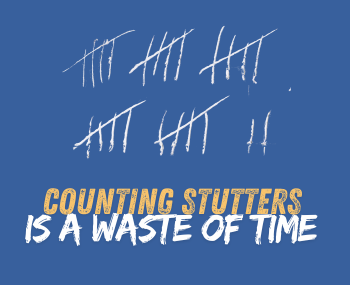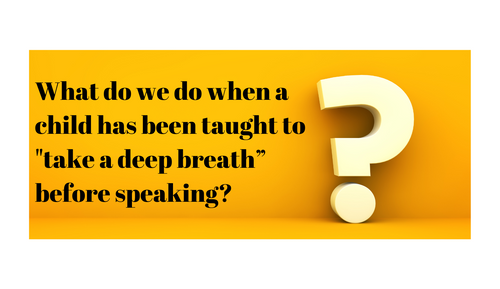Practical Thoughts Blog

Counting Stutters Is a Waste of Time!

If Stuttering Is Verbal Diversity, then Is It Still a Disorder?

If I don’t count stutters, how can I qualify people for therapy?

Stuttering as Verbal Diversity: How Does this Change our Role as SLPs?

"Mister Rogers' Speech"

Shifting Perspectives About Stuttering

The "Deep Breath" Dilemma

What is Verbal Diversity?

What treatment approach should I use with a particular young child who stutters?

Is Cognitive-Behavioral Therapy (CBT) appropriate for kids who stutter?

Is it true that prolonged speech is the best type of fluency therapy?





